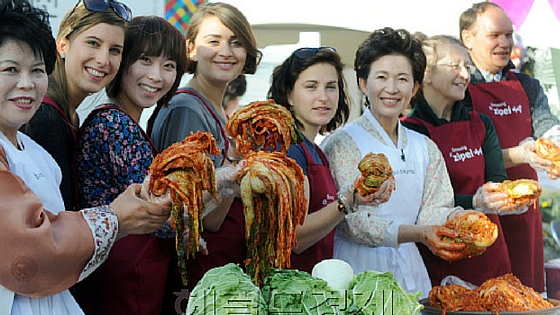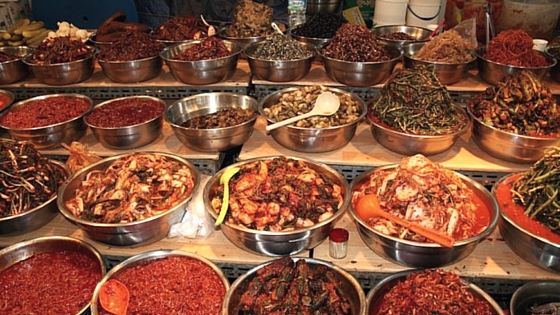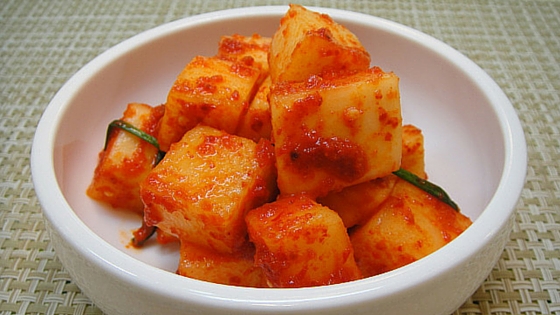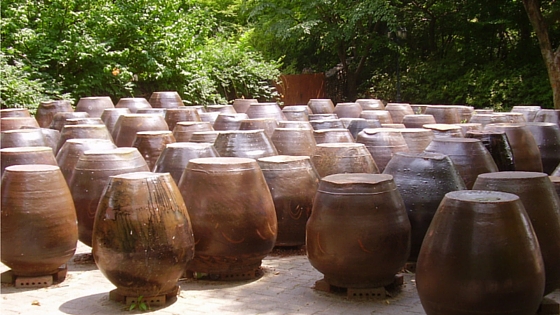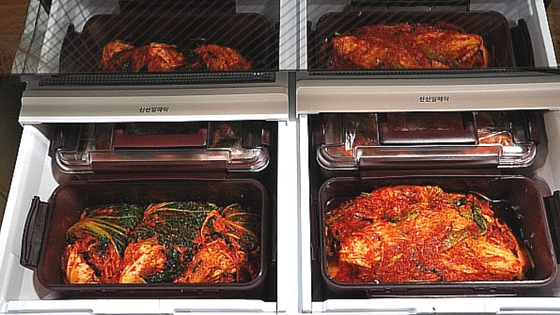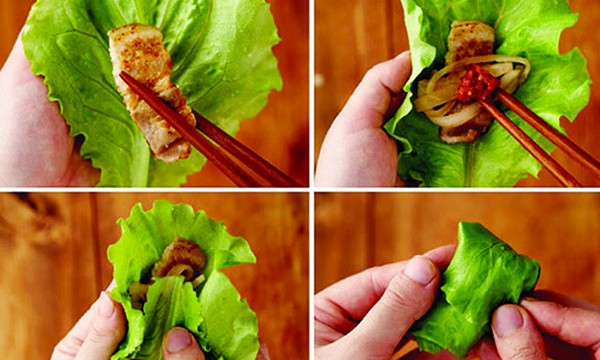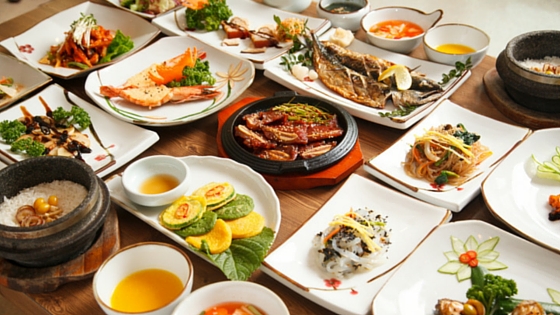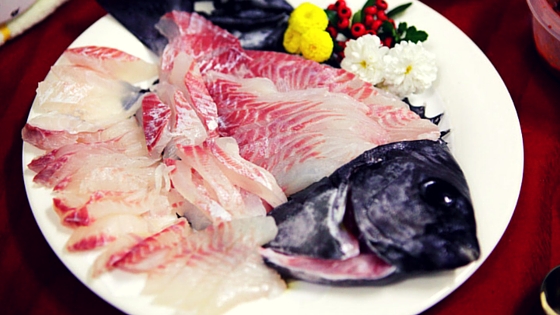5 Korean desserts to satisfy your sweet tooth
There will always be room for desserts, as they say. A typical Korean meal will never be complete without capping off the dining experience with some savoury sweet treat. Fortunately, the greatness that is Korean cuisine has a ton of desserts that will surely be the preference of every dessert aficionados out there. Today’s article is a compilation of some of the most classic Korean desserts that you should try pronto when you get the chance!
1. Bungeoppang
Bungeoppang is a type of roasted Korean pastry that is usually shaped like a fish and is filled with red bean paste. You’ll definitely see a lot of street vendors in South Korea selling these delicious sweet treats. Here’s how this fish-shaped snack is made: batter is poured into a waffle iron that has a fish-shaped mold. Afterwards, red bean paste and another round of batter are added before the bungeoppang is roasted. Other versions of bungeopang are the gukhwappang (chrystanthemum cake), which is shaped like a flower, and gyeranppang, which is shaped like a rounded rectangle and is filled with egg. Don’t fret if you cannot find street vendors who sell bungeoppangs on the street as a lot of supermarkets outside Korea already sell this Korean dessert. However, the variation that you might buy will usually be filled with vanilla ice cream in addition to the red bean paste.
2. Chapssaltteok
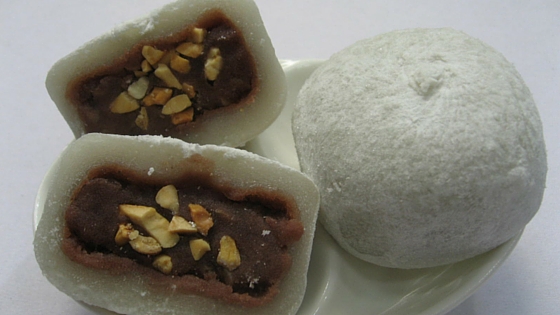
Chapssaltteok, which is also spelled as Chapssalddeok, is a kind of rice cake filled with sweet bean paste. This dessert shares similar characteristics with tteok, a staple during Lunar New Year, and mochi. Actually, think of this dessert as your Korean-style mochi. Chapsaltteok is made from chapssal or sweet rice and comes in different flavors.
3. Gyeongju bread

Gyeongju bread, which is considered as a homegrown dessert of Gyeongju City, South Korea, is another Korean dessert with a red bean paste filling. This dessert is made out of wheat flour and eggs and is just filled with a delicious heap of harder red beans. Another characteristic of this tasty treat is the traditional chrysanthemum imprint that you can see on each gyeongju bread.
4. Patbingsu
And of course, how can we ever forget including the famous patbingsu in this list of top Korean desserts? This very colorful dessert, which is also sometimes spelled as patbingsoo, is made out of shaved ice and a variety of sweet toppings such as Azuki beans, sliced fruits, fruit syrups and sweetened milk. Feel free to add mangoes, strawberries, melons, peaches, and other fruits in season that you prefer. Actually, the wide variety of ingredients that you can add into this shaved ice dessert makes it a favorite among both Koreans and foreigners alike.
5. Yakgwa

Yakgwa is one classic Korean pastry that is considered as a biscuit and is usually shaped like a flower. The ingredients that constitute this dessert, which include, sesame oil, wheat flour, and honey, make this dessert as one of the top favorites among sweet lovers. This pastry has become popular that it is also being mass-produced by food manufacturers just like bungeoppang.
This list of Korean desserts is far from being complete, so make sure you let us know what are your favorite ones in the comments section below. And should you ever plan on doing a Korean BBQ feast soon, then feel free to drop us a line at Korean BBQ Online!











